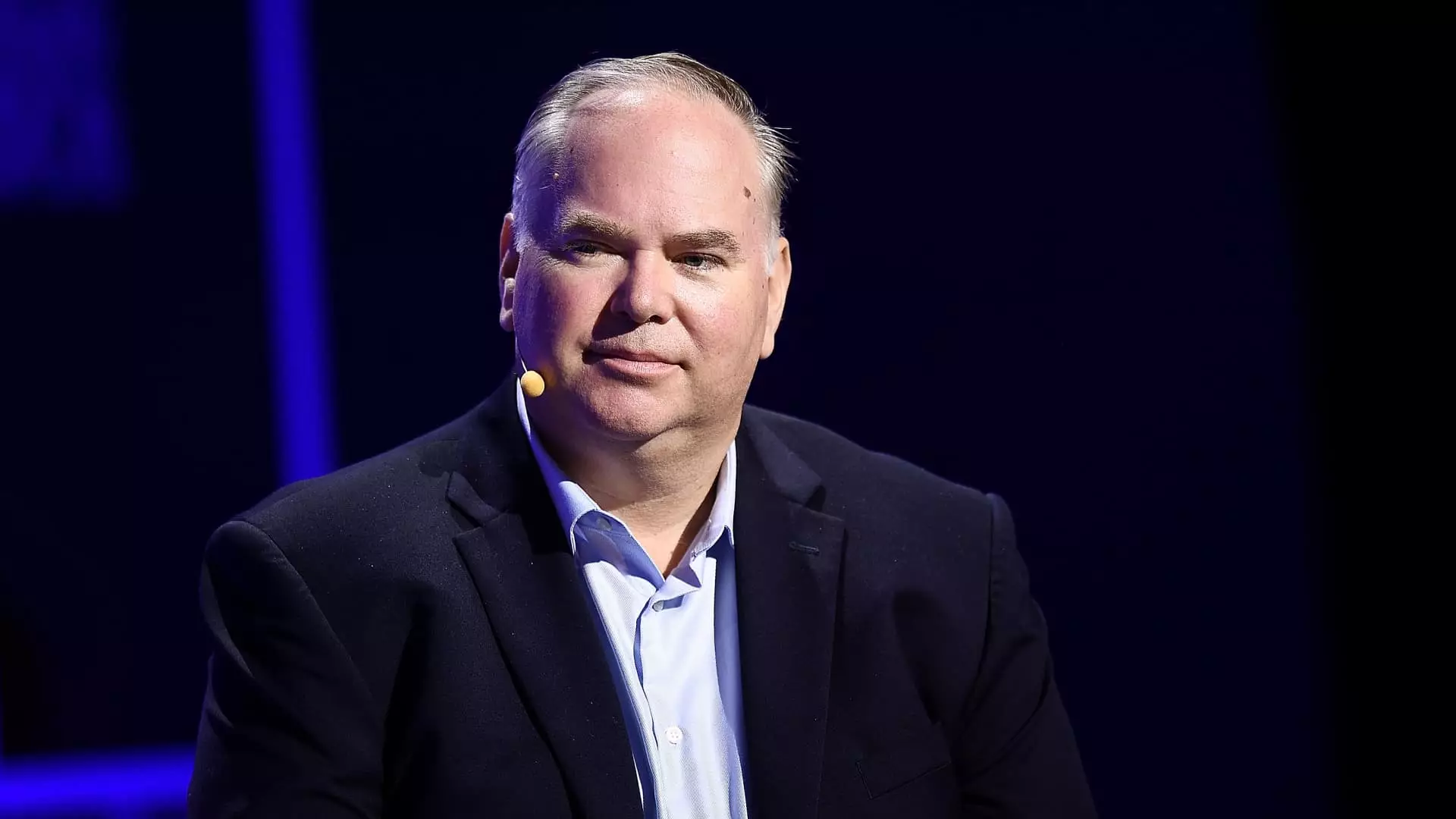In the heated landscape of American air travel, a new war of words underscores an ongoing rivalry that extends beyond mere fare differences. Frontier Airlines CEO Barry Biffle boldly dismisses United Airlines’ stance that the deep discount model is fundamentally dead, asserting that the industry is far from its end. This clash is not just about numbers; it’s a reflection of contrasting philosophies about how to serve customers and adapt to shifting market dynamics. The assertion that “the discount model is dead” is a misreading of an industry that is more resilient and adaptable than some legacy carriers might believe.
Biffle’s rebuke emphasizes that oversupply and stiff competition have created a landscape where low-cost carriers are not only thriving but are poised to redefine the future. United’s CEO Scott Kirby’s dismissiveness—symbolized by his statement that Spirit Airlines may soon fold—appears dismissive of the niche that ultra-low-cost airlines serve. Yet, this attitude underestimates the resilience of a business model based on affordability, customer segmentation, and agile service delivery.
Underestimating the Power of Value-Based Travel
The core strength of budget airlines like Frontier and Spirit lies in their keen understanding of consumer behavior. Amid economic uncertainties and fluctuating travel demands, travelers are increasingly seeking value—not just cheap prices but smartly priced options that fit their diverse needs. Biffle’s point about offering a service that appeals to those who might not normally fly or who are willing to spend on in-flight amenities or luxury hotels along the journey shows an evolving commitment to value-driven options.
The low unit costs that Frontier boasts—$7.50 per available seat mile (excluding fuel)—are not incidental but indicative of a strategic focus on operational efficiency. These airlines have perfected the art of stripping away excess and turning it into accessible travel. They cater to a burgeoning segment of consumers who prioritize budget-friendly travel but still value experiences, comfort, and flexibility. The narrative that discount airlines are a dying breed ignores the increasing demand for customized, affordable travel options in a post-pandemic world.
Market Oversupply: Opportunity or Pitfall?
Kirby’s critique about oversupply and the suggestion that the discount model is obsolete overlook an essential reality: market oversaturation can be an opportunity for nimble competitors. Just as a saturated market in retail can benefit innovative players, the current airline environment allows low-cost carriers to carve out larger slices of the travel pie. The fact that major airlines are adding flights to Spirit’s key routes demonstrates a recognition that these niche markets are valuable and that extra capacity doesn’t necessarily mean excess in a negative sense—it’s more about flexibility and meeting customer needs.
Furthermore, the notion that United or other legacy airlines have “capacity left on the table” is a strategic misstep if they ignore the competitive advantage of these budget options. While full-service carriers focus on premium segments, low-cost airlines are honing their craft in volume and affordability, making them formidable in their own right. Their ability to innovate, such as bundling services and elevating customer experiences, ensures they remain relevant and competitive.
The Future: Elevating the Ultra-Low-Cost Model
The conventional wisdom that ultra-low-cost airlines rely solely on dirt-cheap fares is increasingly outdated. Both Frontier and Spirit are actively trying to reinvent themselves, offering bundled services and more upscale experiences to broaden their appeal. This shift aligns with broader consumer expectations—indicating a market that values transparency, convenience, and flexibility.
As these airlines elevate their product offerings, they challenge the notion that a discount model is incompatible with customer loyalty or sustainable profit margins. Instead, they are demonstrating that the future belongs to those who can balance affordability with innovation. Their agility and willingness to adapt will be critical—they’re not just fighting for pennies but for long-term relevance and market capture.
In conclusion, this rivalry underscores a fundamental truth about modern aviation: adaptability and customer-centric innovation determine tomorrow’s winners. The battle is not over whether the discount flight model survives—it is about how airlines integrate value, efficiency, and experience to meet a complex and evolving customer base. The airlines that recognize and capitalize on this dynamic will carve their place in the skies of the future, while legacy carriers risk becoming obsolete if they dismiss the resilience of the budget segment.


Leave a Reply